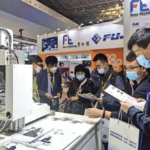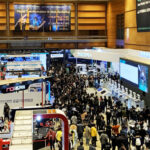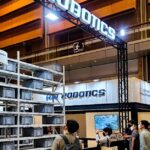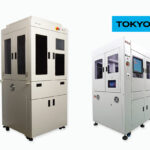ASIA ELECTRONICS INDUSTRYYOUR WINDOW TO SMART MANUFACTURING
Japan Unix Soldering Robot & Automation Technology
ULD-02 Laser Soldering
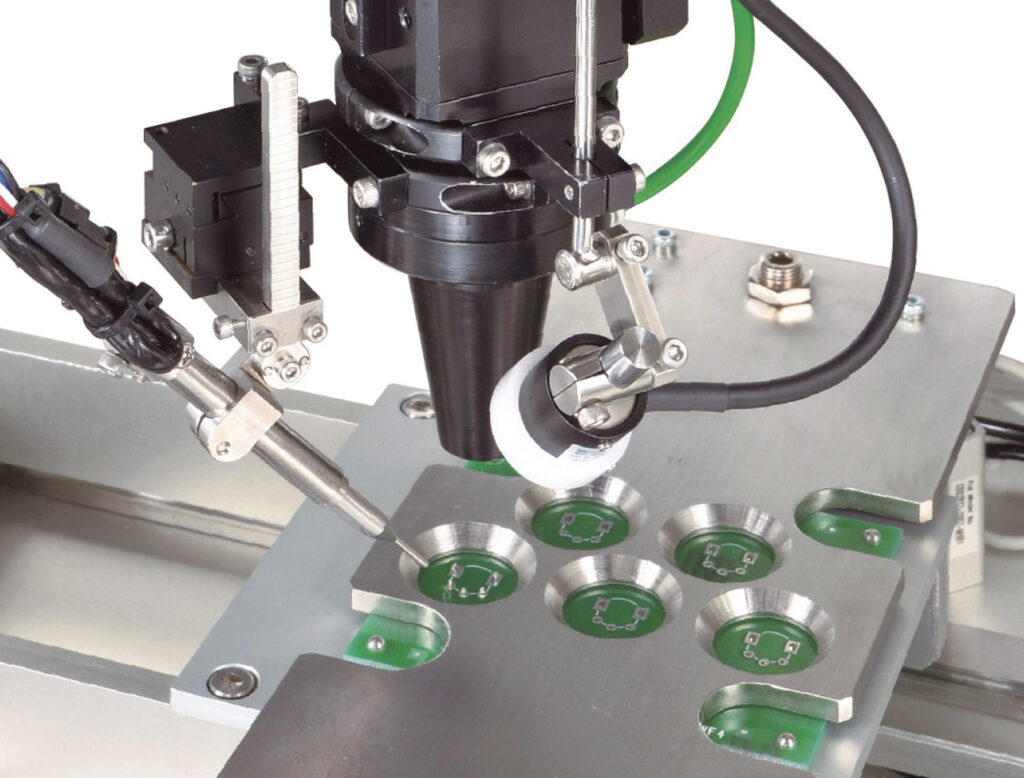
The new ULD-02 laser soldering unit from Japan Unix Co., Ltd. has enhanced the control and optimization of the soldering process compared to conventional product. By adopting a unique temperature control method and by combining a radiation thermometer and laser output, it can simultaneously monitor and control the laser output and temperature during soldering. The temperature during soldering is visualized and can be saved as log data, which can later be used as soldering process management data. In addition, the personal computer software Soldering Manager enables editing laser output conditions, acquiring log data during soldering and saving video during soldering. It has achieved visualization of the soldering process.
UNIX-DF404S Desktop Soldering Robot

With the release of Japan Unix’s UNIX-DF Series, it bolstered the lineup of soldering robots. The company has strengthened the network function of the soldering robot setting its sights on connecting to Industry 4.0 system in the future. Through connection with a computer network in plants, it enables real-time monitoring of operation status, including temperature and error conditions, using exclusive monitoring software. Thus, the UNIX-DF404S enables data management to prevent faults, such as in temperature characteristics, movements and errors.
Soldering Manager: Software for Controlling Soldering Robot
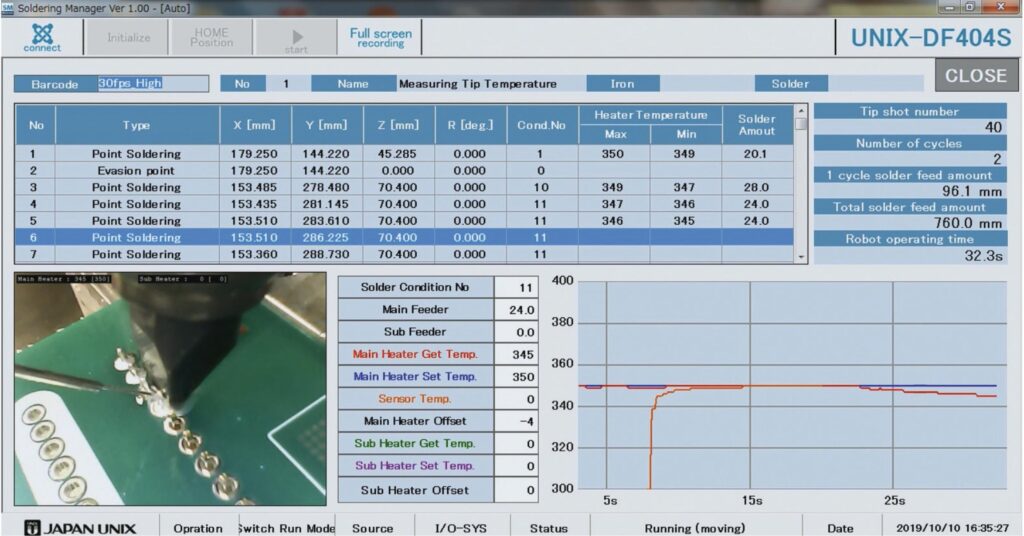
The “Soldering Manager” software for the control of soldering robots developed by Japan Unix can monitor the status of soldering equipment using a personal computer as internet of things (IoT) device for soldering. It enables automatic saving of various collected data.
The saved data can be used in various forms, such as understanding normal values for various quantities and investigating causes when a problem occurs. The main stored data include the alarm history of robots and heaters, history of tip position corrections, board codes, image of the soldering process, heater temperature, feeder feed results, number of tip shots, number of cycles, amount of solder feed per cycle and cumulative solder feed amount, robot operating time, and others. In addition, by reading the QR code on the board, the data at the time of each soldering work can be controlled on a board-by-board basis.

